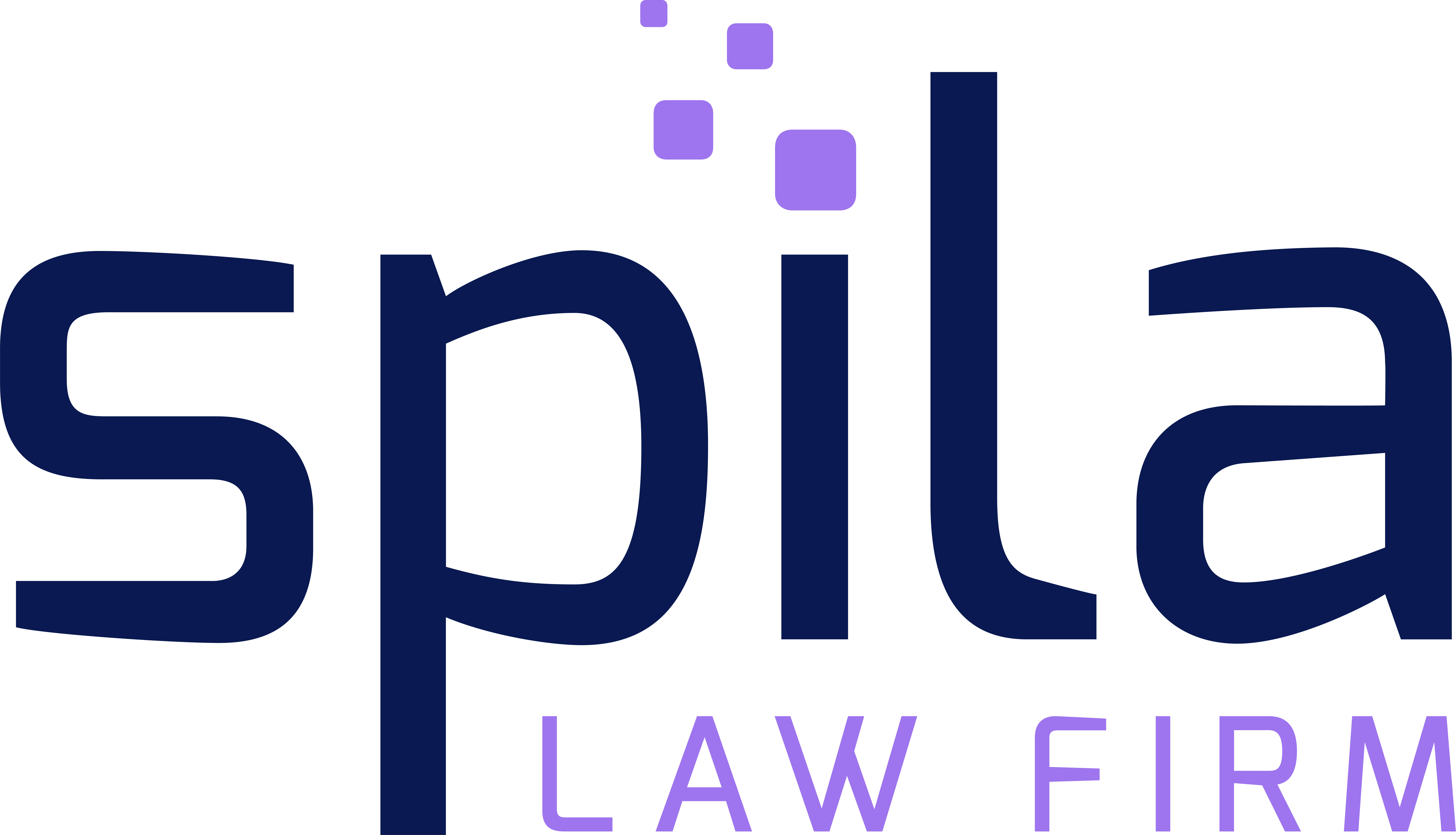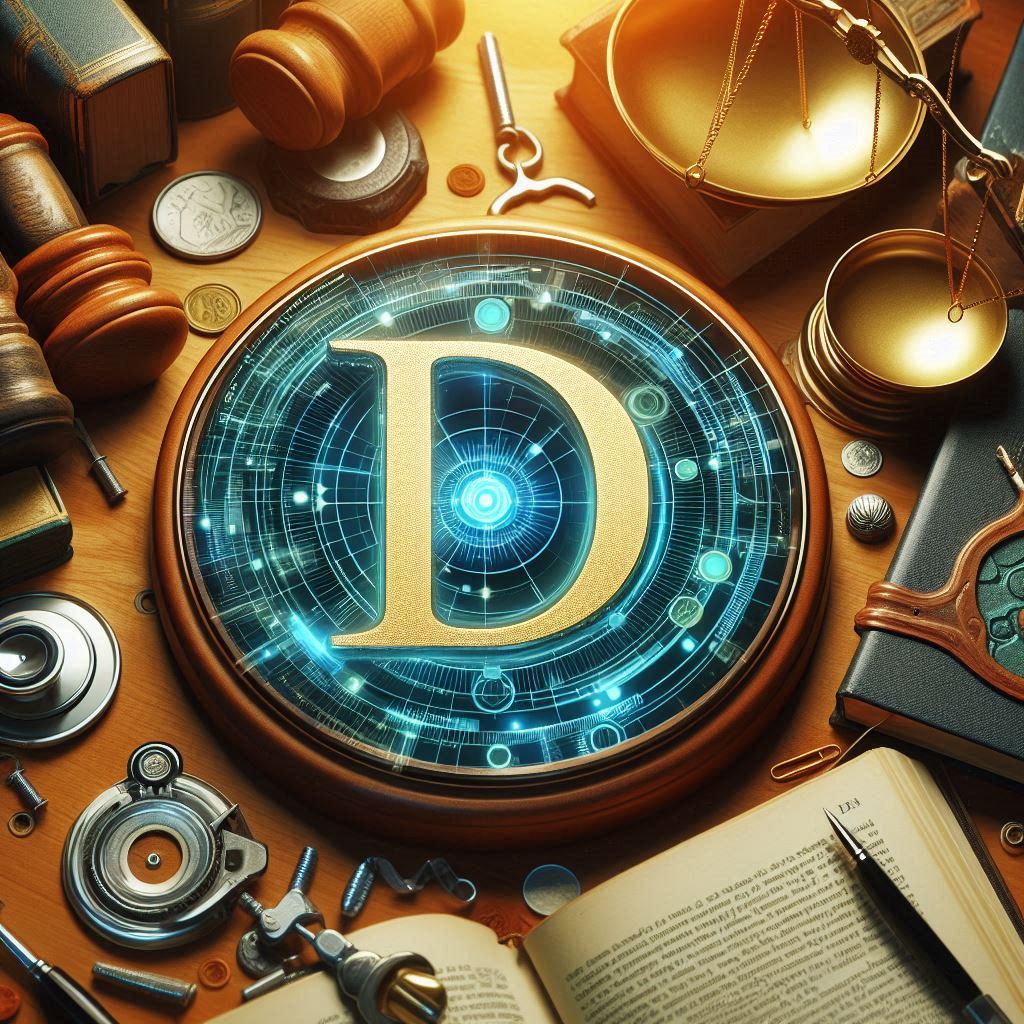Digital Art: Copyright for Artists
Digital art has revolutionized the world of creativity, providing artists with new tools and techniques to express their imagination and emotions. However, in the digital realm, protecting intellectual property (IP) is crucial for artists to secure their rights, prevent unauthorized use of their works, and ensure fair compensation for their creative endeavors. In this article, we will explore the importance of copyright registration and trademark registration for digital artists, along with other key aspects of safeguarding their intellectual property.
Understanding Copyright Protection for Digital Artists
Copyright protection serves as the foundation for preserving the rights of digital artists. We will delve into the following aspects of copyright protection:
Automatic Copyright Protection
Upon the creation of original digital artworks, copyright protection arises automatically. We will discuss the benefits of automatic copyright protection, including the exclusive rights it grants to digital artists, such as reproduction, distribution, and the creation of derivative works.
Copyright Registration for Digital Artworks
While copyright protection exists without registration, registering digital artworks with the relevant copyright office provides additional legal benefits. We will outline the process of copyright registration, its advantages, and the enhanced protection it offers in case of infringement.
Determining Copyright Ownership
Determining copyright ownership can be complex, especially in collaborative digital art projects. We will discuss the importance of clear agreements, licenses, and documentation to establish copyright ownership and avoid potential disputes.
Protecting Digital Art in the Online Space
Digital artists often showcase their works online through websites, social media, and online galleries. We will explore strategies for protecting digital art in the online space, including watermarking, monitoring for unauthorized use, and addressing copyright infringement on digital platforms.
Trademark Protection for Digital Artists
Trademark protection can be relevant for digital artists, particularly when it comes to establishing a recognizable brand identity. We will discuss the importance of trademark registration for artists who create and sell art under a distinctive brand name or logo.
Trademark Eligibility for Digital Artists
Not all names or logos can be registered as trademarks. We will discuss the criteria for trademark eligibility, including distinctiveness, non-generic nature, and the importance of conducting a comprehensive search to ensure availability.
Filing a Trademark Application for Digital Artists
We will guide digital artists through the process of filing a trademark application, including the necessary documentation and associated fees. Exploring different types of trademarks, such as word marks, logo marks, and character marks, we will offer insights on selecting the appropriate mark for digital art brands.
Other Intellectual Property Aspects for Digital Artists
In addition to copyright and trademark protection, digital artists should consider other IP aspects to safeguard their creative works. We will explore the following areas:
Trade Secrets and Confidentiality
Digital artists may possess valuable trade secrets, such as unique techniques or processes used in their artworks. We will discuss strategies for safeguarding trade secrets, including confidentiality agreements and access restrictions.
Licensing and Collaboration Agreements
Digital artists may enter into licensing and collaboration agreements with galleries, agencies, or other artists. We will explore the importance of well-drafted agreements to protect the interests of artists, establish usage rights, and ensure fair compensation for their contributions.
Digital Art and Open Source Licenses
Digital artists who use open-source software in their creative process must understand the implications of open-source licenses on their intellectual property rights. We will discuss the key considerations for incorporating open-source code while preserving proprietary IP.
Enforcement and Monitoring
Effective IP protection requires proactive enforcement and monitoring. We will discuss the significance of monitoring the market for potential infringements and taking appropriate actions to enforce IP rights. This includes sending cease-and-desist letters, pursuing legal action, and seeking assistance from intellectual property attorneys to protect artists’ valuable IP assets.
Educating Digital Artists on IP Rights
Educating digital artists about IP rights and best practices is essential for fostering creativity and respecting the value of their works. We will emphasize the importance of understanding copyright and trademark laws, respecting licenses, and seeking legal advice when needed.
Conclusion
Copyright registration and trademark registration are essential tools for digital artists to protect their intellectual property, establish a unique brand identity, and prevent unauthorized use of their creative works. By prioritizing copyright registration for digital artworks, artists can secure their exclusive rights and enhance their ability to enforce those rights. Trademark registration allows digital artists to establish a recognizable brand, fostering consumer trust and loyalty. Through proactive enforcement, continuous monitoring, and collaboration with IP professionals, digital artists can navigate the intellectual property landscape, gain recognition in the digital art community, and contribute to the ongoing evolution of creativity in the digital age.







